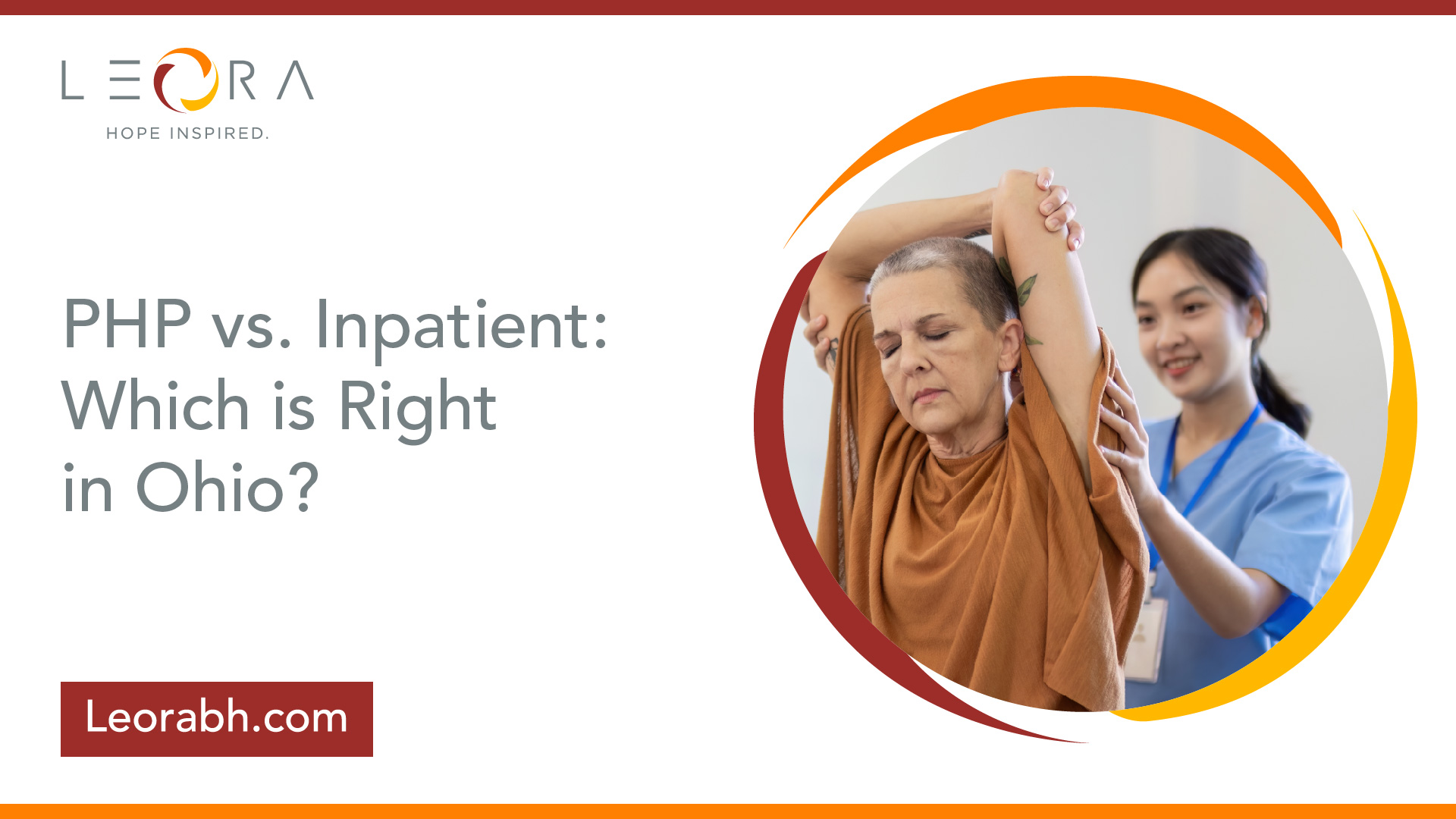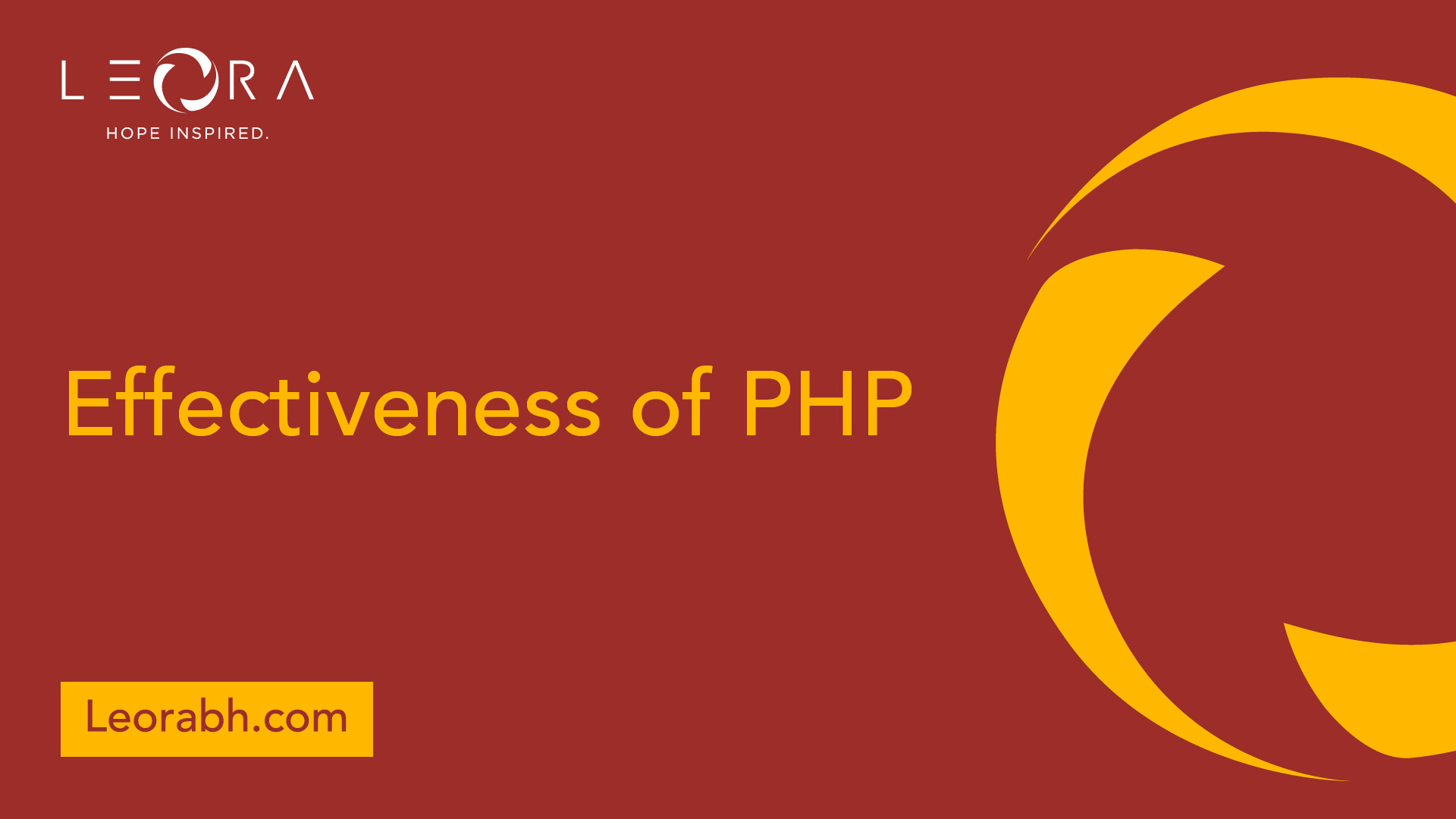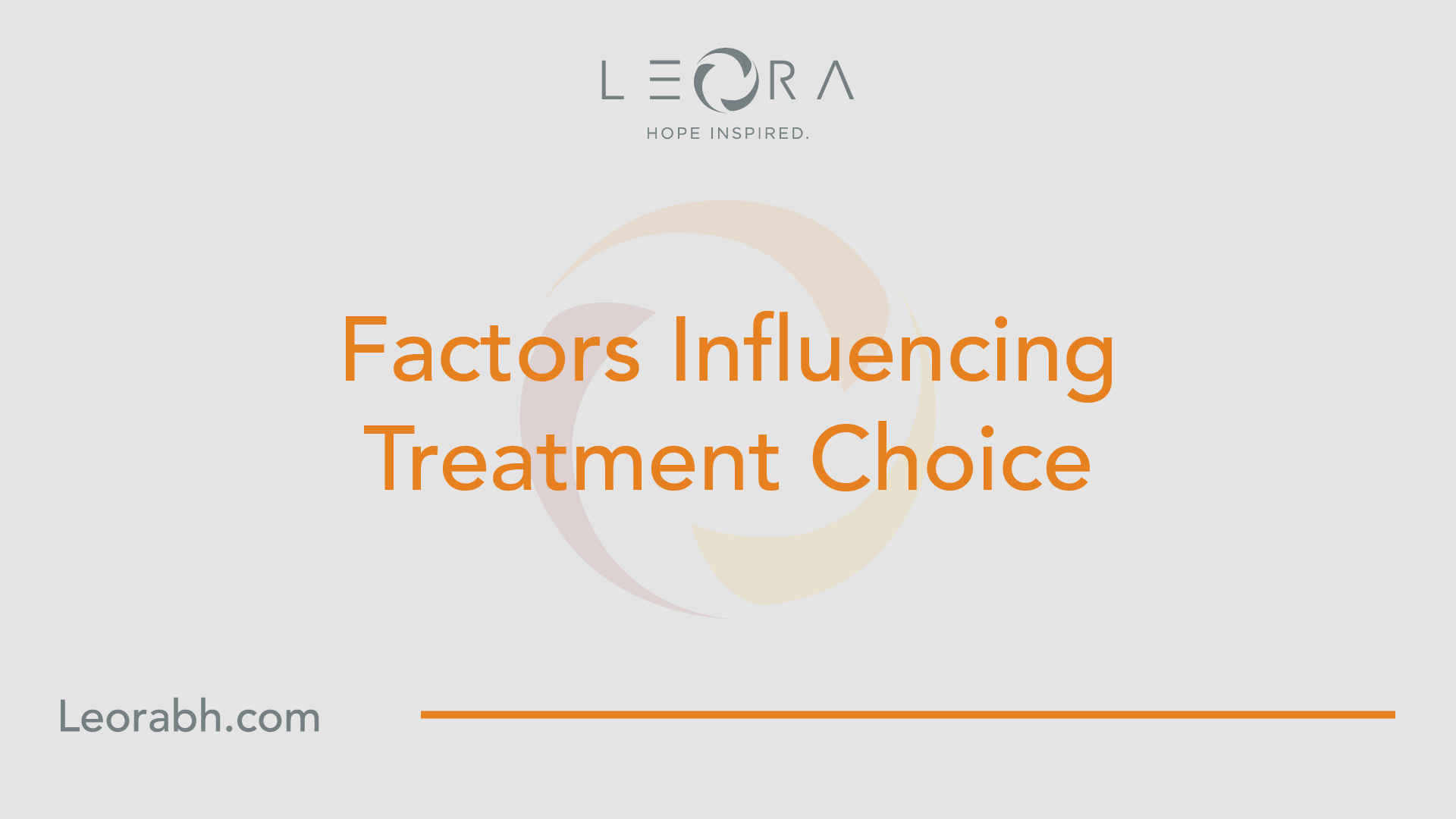PHP vs. Inpatient: Which is Right in Ohio?
Discover the best treatment for you in Ohio: PHP vs. inpatient. Uncover the factors that influence your decision for effective care.

Understanding Treatment Programs
When seeking treatment for mental health issues or substance abuse, it is essential to understand the different treatment programs available. In Ohio, two common options are Partial Hospitalization Programs (PHP) and Inpatient Programs. Each program offers distinct features and benefits, catering to individuals with different needs.
PHP vs. Inpatient Programs
Partial Hospitalization Programs (PHP) serve as an intermediary step between inpatient hospitalization and standard outpatient care. They provide a comprehensive and intensive program suited for individuals who require structure, support, and close supervision during their treatment journey [1]. PHPs offer a higher level of supervision and support compared to Intensive Outpatient Programs (IOP), with access to medical professionals, therapists, and support staff available throughout the day [2].
PHP programs are designed to provide a structured environment where individuals can receive intensive therapy, counseling, and medical monitoring while still living at home or in a supportive environment. This allows patients to maintain a level of contact with their environment, potentially enhancing social role functioning [3]. The structured nature of PHPs can be particularly beneficial for individuals who require more support and supervision but do not need round-the-clock care provided by inpatient programs.
Inpatient programs, on the other hand, involve residential treatment where individuals stay at a facility for a specified period. Inpatient programs provide a highly structured and controlled environment, with 24-hour medical and therapeutic support. This level of care is typically recommended for individuals with more severe mental health or addiction issues who require constant monitoring and a higher level of intervention.
The choice between PHP and inpatient programs depends on various factors, including the individual's symptomatology, cost considerations, and family burden. PHP can be a reasonable alternative to inpatient treatment, offering a structured environment and intensive care while allowing individuals to continue living at home or in a supportive environment. Inpatient programs, on the other hand, are better suited for individuals who require constant supervision and a highly controlled environment to address their mental health or addiction issues.
By considering the individual's specific needs and consulting with mental health professionals, individuals and their families can make informed decisions regarding the most appropriate treatment program. It is important to remember that treatment programs should be tailored to the individual's unique circumstances and requirements to ensure the best possible outcomes.

Effectiveness of PHP
When considering treatment options for mental health disorders in Ohio, it is essential to evaluate the effectiveness of Partial Hospitalization Programs (PHPs) in comparison to other treatment options. Two aspects that are often examined are social role functioning and the overall applicability and evaluation of PHPs.
Social Role Functioning
Research suggests that attending more follow-up visits in PHPs leads to better outcomes, such as consistent abstinence from substances. PHP treatment is considered an effective alternative to inpatient or residential care for individuals who do not require 24/7 supervision. One possible reason for this effectiveness is that PHPs allow patients to maintain contact with their environment, minimizing disruption to their social roles. This continuity can contribute to enhanced social role functioning during the transition back into society PubMed, Freeman Recovery Center.
Applicability and Evaluation
PHP programs have shown promising results in reducing substance use, improving psychological well-being, and increasing the chances of long-term recovery. They are particularly effective for individuals who do not require constant monitoring and can benefit from structured treatment during the day while returning home at night. This level of care allows patients to engage in therapy, receive medication management, and develop coping skills while still being able to fulfill their daily responsibilities.
When evaluating the effectiveness of PHPs, it is crucial to consider individual needs and treatment goals. While PHPs may be suitable for some individuals, others may require a different level of care, such as inpatient or outpatient treatment. The evaluation process takes into account factors such as the severity of the mental health disorder, the need for medical supervision, and the presence of a supportive environment. The goal is to match each individual with the most appropriate treatment modality to maximize their chances of successful recovery.
By considering the effectiveness of PHPs in terms of social role functioning and overall applicability and evaluation, individuals in Ohio can make informed decisions about their treatment options. It is important to consult with mental health professionals to determine the most suitable level of care and create an individualized treatment plan that addresses specific needs and goals.

Factors Influencing Treatment Choice
When considering treatment options for mental health conditions in Ohio, several factors come into play. Two significant factors that influence the choice between partial hospitalization programs (PHP) and inpatient programs are symptomatology consideration and cost and family burden.
Symptomatology Consideration
The severity and nature of an individual's symptoms play a crucial role in determining the appropriate treatment program. PHP can be a reasonable alternative to both inpatient and outpatient treatment, particularly for individuals who require intensive care but do not need 24-hour supervision [3]. PHP programs provide structured treatment during the day, allowing individuals to return home in the evenings. This flexibility can be beneficial for individuals who have a supportive home environment and can manage their symptoms effectively with outpatient support.
On the other hand, individuals with severe symptoms that require round-the-clock monitoring and intensive treatment may find inpatient programs more suitable. Inpatient programs provide a highly structured and controlled environment, ensuring constant supervision and immediate access to medical and psychiatric care.
Ultimately, the treatment choice should align with the individual's unique symptomatology and the level of care required to address their mental health needs effectively.
Cost and Family Burden
Cost and family burden are significant considerations when choosing between PHP and inpatient programs. Inpatient rehab costs in Ohio can vary significantly, ranging from $1,000 to $7,000 per week or more for luxury facilities, according to the Ohio Addiction Recovery Center. These costs can be even higher without insurance coverage. It's essential to consider the financial implications and determine if inpatient treatment is financially viable for the individual and their family.
In contrast, PHP programs may offer a more cost-effective option. Self-pay rates for PHP at the Ohio Addiction Recovery Center and similar facilities are determined on an individual basis, often making it a more affordable choice for those who need intensive treatment but do not require round-the-clock care.
Additionally, family burden should be taken into account. Inpatient programs may require family members to make significant logistical and emotional adjustments to support their loved one during their stay. For individuals with strong support systems at home, PHP programs can alleviate some of the family burden by allowing them to continue with their daily routines while still receiving comprehensive treatment during the day.
By considering symptomatology and the financial and family impact, individuals and their families can make an informed decision regarding the most suitable treatment program for their specific circumstances. It is crucial to consult with healthcare professionals and treatment providers to assess individual needs and explore the available options thoroughly.
Mental Health Statistics in Ohio
To better understand the landscape of mental health in Ohio, it's important to explore the prevalence of mental illness and the common mental health disorders in the state.
Prevalence of Mental Illness
In 2019, an estimated 51.5 million adults in the United States experienced some form of mental illness, including conditions such as anxiety, depression, bipolar disorder, and schizophrenia [4]. While specific data for Ohio may vary, it is reflective of the broader trends in mental health.
Common Mental Health Disorders
Several mental health disorders affect individuals in Ohio and across the globe. Here are some of the most prevalent mental health disorders:
- Depression: Depression is one of the most common mental health disorders worldwide, affecting approximately 4.4% of the global population in any given year [4]. It is characterized by persistent feelings of sadness, loss of interest, and changes in behavior and mood.
- Anxiety Disorders: Anxiety disorders, including generalized anxiety disorder, panic disorder, and social anxiety disorder, are prevalent in both Ohio and the global population. Approximately 3.6% of the global population experiences anxiety disorders in a given year. These disorders involve excessive and persistent worry, fear, and anxiety that can significantly impact daily functioning.
- Bipolar Disorder: Bipolar disorder is a chronic mental health condition that affects approximately 1-2% of the global population [4]. It is characterized by extreme mood swings, including periods of elevated or manic episodes and periods of depression.
- Post-Traumatic Stress Disorder (PTSD): PTSD is a mental health disorder that can develop after experiencing or witnessing a traumatic event. Its lifetime prevalence is estimated to be around 3.9% globally, although rates may vary based on factors such as exposure to trauma and demographics [4].
These statistics highlight the importance of addressing mental health concerns in Ohio. It is crucial for individuals experiencing mental health disorders to seek appropriate treatment, such as partial hospitalization programs, to receive the necessary support and care.
Cost Considerations in Ohio
When considering treatment options for substance abuse or mental health issues in Ohio, cost is an important factor to take into account. The cost of treatment can vary depending on the type of program and the level of care provided. In this section, we will explore the cost considerations for inpatient rehab and partial hospitalization programs (PHP) in Ohio.
Inpatient Rehab Costs
Inpatient rehab programs offer intensive, round-the-clock care to individuals with substance abuse or mental health disorders. The cost of inpatient rehab in Ohio can vary significantly depending on factors such as the duration of the program, the location, and the amenities provided. Without insurance coverage, inpatient rehab in Ohio could cost thousands of dollars, ranging anywhere from $1,000 to $7,000 per week or more for luxury facilities, according to the Ohio Addiction Recovery Center.
For inpatient detox centers, the cost usually ranges from $300 to $900 per day, with a national average treatment cost totaling $5,000. Self-pay rates at Ohio Addiction Recovery Center are determined on an individual basis, and they typically request a 50% deposit upfront for self-paying clients. It's important to note that the cost of inpatient rehab can be influenced by individual circumstances and the specific treatment center chosen.
PHP Treatment Expenses
Partial hospitalization programs (PHP) offer a structured treatment approach that provides intensive care during the day while allowing individuals to return home or to a supportive environment in the evenings. PHP can be a more cost-effective alternative to inpatient rehab, while still providing comprehensive treatment.
The cost of partial hospitalization programs for addiction treatment can vary, but on average, they can cost between $350 and $450 per day. It's worth noting that some insurance plans may cover a portion of the cost, and Ohio Medicaid covers the cost of PHP for beneficiaries with a medical need. Treatment centers may also offer financing options or sliding scale fees based on a patient's income to make treatment more affordable.
When considering the cost of PHP, it's important to weigh the benefits of the program against the financial implications. PHP offers a comprehensive treatment approach that provides support and structure while allowing individuals to maintain their daily routines and continue with their responsibilities.
Understanding the cost considerations for inpatient rehab and PHP in Ohio can help individuals make informed decisions when choosing the right treatment program. It's essential to evaluate individual needs, financial circumstances, and available insurance coverage to find the most suitable and affordable option.
Transition and Aftercare
After completing a PHP program, individuals often transition to a lower level of care to continue their recovery journey. This transition is an essential step in maintaining long-term sobriety and addressing any ongoing mental health needs. Two common options for continuing care after PHP are transitioning to lower level care and engaging in intensive outpatient programs (IOP) and outpatient support.
PHP to Lower Level Care
Transitioning from a PHP program to a lower level of care allows individuals to gradually step down their treatment intensity while still receiving support. Lower level care options may include IOP or outpatient therapy. These programs provide continued structure and guidance as individuals adjust to a less intensive treatment environment.
In lower level care, individuals can continue to receive individual counseling, group therapy, and support group meetings. These services are crucial for maintaining sobriety, preventing relapse, and addressing any ongoing mental health concerns. Transitioning to lower level care often involves creating a personalized aftercare plan that meets the individual's specific needs.
IOP and Outpatient Support
Intensive Outpatient Programs (IOP) are another form of treatment that individuals may choose after completing a PHP program. IOP programs provide a more flexible treatment schedule, allowing individuals to balance their recovery with other responsibilities. IOP is typically recommended for individuals who have made progress in their recovery and require less immediate guidance.
In an IOP, individuals can continue to receive therapy sessions, relapse prevention planning, and access to support groups. These programs offer a supportive and structured framework while allowing individuals to gradually transition back into their daily lives.
Continuing with outpatient support is also crucial for maintaining long-term recovery. Outpatient therapy sessions provide ongoing counseling and support to address any remaining challenges and promote continued growth. Support groups can also play a vital role in providing a network of individuals who understand the journey of recovery and can offer encouragement and guidance.
By transitioning to lower level care, such as IOP or outpatient support, individuals can continue to build upon the progress made during their PHP program. These aftercare services provide ongoing support, guidance, and tools necessary for maintaining sobriety and overall well-being.
It's important to remember that the specific aftercare plan should be tailored to the individual's needs and recovery goals. Consulting with a treatment professional can help determine the most appropriate level of care and develop a comprehensive aftercare plan that promotes sustained recovery.
References
Find Your Inner Light
Related Articles
Contact Us
Leora Behavioral Health offers a comprehensive addiction treatment programs to help you get your life back on track.
Our trained professionals will work with you to develop a personalized treatment plan that meets your unique needs. If you or someone you know is struggling with addiction, reach out to Leora Behavioral Health today.


.svg)





.svg)
.svg)
.svg)
.svg)